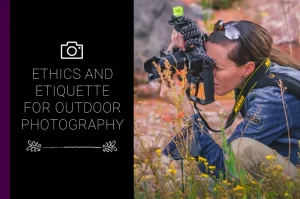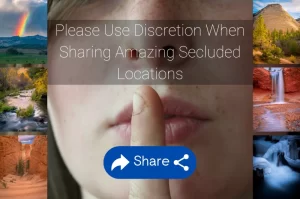You found this great photo on the internet, and it works perfectly for illustrating your blog post. You grab it and run with it. Several months later, you get a very unfriendly email or letter with a DMCA order demanding that you take the photo down and pay royalties for using it. The royalties are so expensive too. How’d you get into this? It’s copyright infringement on your part. How do you avoid this legal headache? That’s what we’re talking about today.
Disclaimer: I’m not a lawyer. This is not professional legal advice for you or anyone else. This is general advice given in order to help you avoid hiring a lawyer in a messy copyright infringement case.
What is Copyright?
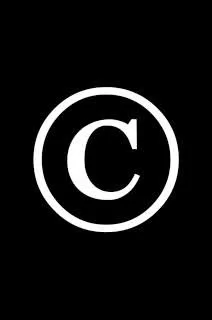
Before we can talk about avoiding copyright infringement, we first have to discuss what copyright is. Copyright is a form of intellectual property protection that gives the creator of a particular work the exclusive right to use and reproduce it. It means that if you write a book, paint a painting, write a song, or take a photo, etc., you get to make money off of it and no one else does.
Once created, the copyright of a work automatically belongs to its creator. Registering the work with the copyright office is not necessary to own the copyright but it does give the copyright owner additional legal protections. It also makes it far more likely for the owner to collect damages for violations of his or her copyright. This means that if you violate the copyright of a registered work, you are far more likely to pay expensive damages for doing so.
We should also note that in the United States, copyright eventually expires. As a general rule, it lasts for the life of the author plus 70 years, after which the work enters the public domain. Upon entering public domain, others can freely publish/re-publish, and create derivative works without paying the descendants/estate of the original creator.
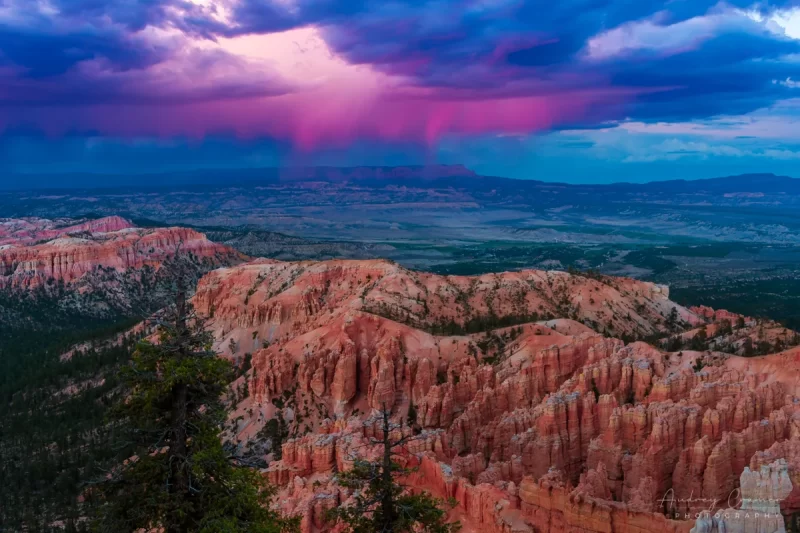
Licensing a Copyrighted Work
Copyright-protected works can be licensed to others. For example: if I take a photograph, I can license it (or let someone else use it) according to whatever terms both of us can agree on. This can include paying money for use in the form of a licensing fee and/or royalties.

This licensing is officially granting others permission to use my photo (or other work). I will not pursue copyright infringement action because a license is not an infringement. So long as both parties honor the license terms, there is no copyright infringement.
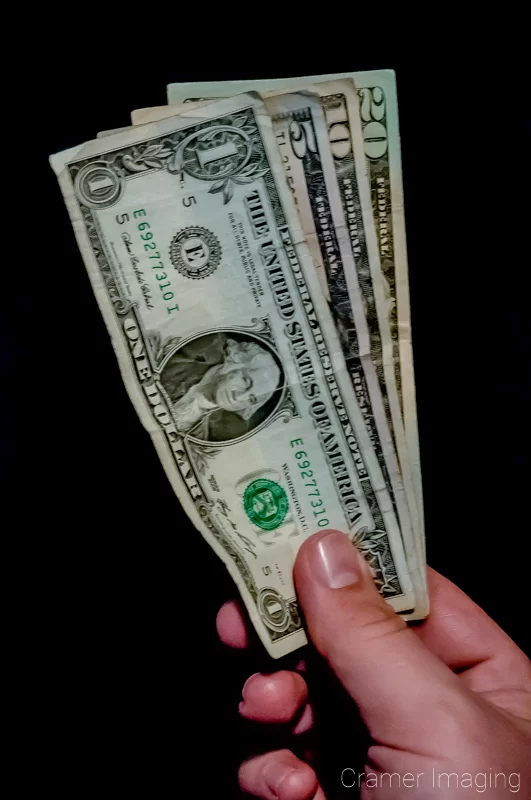
There are all kinds of terms which you might find in a licensing deal. Some licenses have an expiration date after which you are no longer allowed to use the work. Some licenses say that they are non-transferrable or non-sublicensable. This means that you cannot share the work with someone else, period. Some licenses want you to pay money based on sales generated, also known as royalties. Some licenses tell you how you are to credit the work’s creator. Make sure that you follow ALL the terms in order to avoid a copyright infringement suit.
A license does not give you permission to do anything you want to with the work. It is a limited permission to do a specific task or create a specific derivative work or compilation. You cannot turn around and use your license to give others permission to do as they please unless your license includes a sub-licensing provision.
A piece of advice for licensing a copyrighted work, registered or otherwise, get the terms of the license in writing. That way you can refer to that document if you ever have a question about what you can and cannot do with your license.
Copyright Myths
So how do you avoid violating copyright and receiving the dreaded DCMA (Digital Millennial Copyright Act) takedown notice? Let’s first address some myths about copyright since they are the most common traps people fall into when violating copyright.
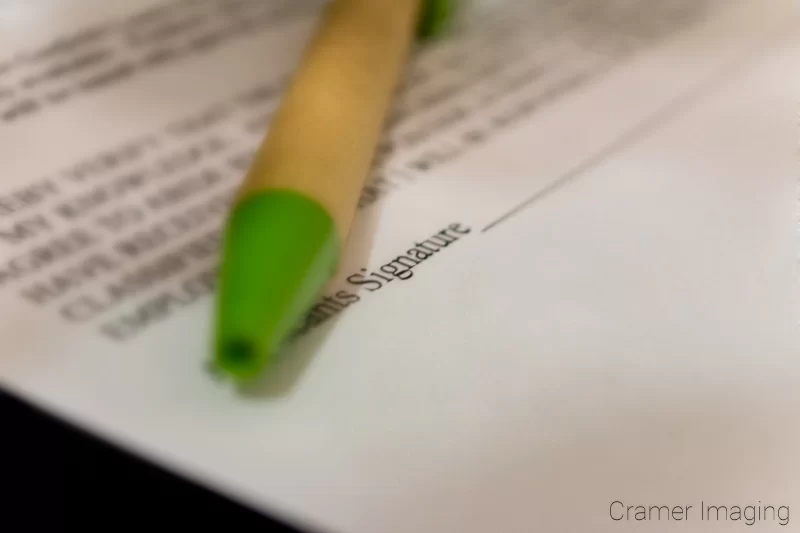
1. Myth: Everything on the internet is free for me to use however I please.
Reality: Everything on the internet is a type of intellectual property whether the content be stories, paintings, photos, or whatever. They belong to the person or organization which created them or to whomever that intellectual property purchased or otherwise received a copyright transfer.
Some works available on the internet are old enough to have entered the public domain. Other creators/owners deliberately place their works into the public domain. Some works are distributed with various licenses which tell you what you can or can’t do with it. For example, some online comic authors allow people to freely re-distribute their work for non-profit work. However, if you want to use the comic strip in something to make money, they want a cut. Others insist that if you distribute it, they get a cut no matter what.
2. Myth: If the © symbol isn’t present, I don’t have to worry about copyright violation because there is no copyright.
Reality: The © symbol is encouraged on work that is to be copyright protected, but it is far from required. You can still get into big trouble if you use a work, without permission, and there is no copyright symbol present.
3. Myth: I can scan photo prints and send out the scans or I can send out digitals if the photographer gives them to me.
Reality: You can do what the creator of the work has told you that you can do with them. This means that if you have physical or digital copies of photos, you cannot legally scan them and make copies or redistribute them. Period.
This distribution issue can become a problem with an old family photo finding the photographer is difficult or impossible. Take, for example, old family photos from a mall photo studio. Olan Mills is, perhaps, the most famous example of such a studio but there are lots of others included locally owned and operated studios. Studios open and close every day. Owners move away. Studios hire other photographers. When such things happen, the law gets murky. The strictest interpretation of the law is that you cannot copy them at all. Other considerations which perhaps muddy the legal waters would include scanning an old photo to digitally restore it. This is technically a violation of copyright but, if you do not further distribute it, showing monetary damage would be difficult especially if the copyright owner can no longer reproduce the image themselves (lost or destroyed negatives for example).
If the work’s creator transferred the copyright to you, and there should be a paper trail of this, then yes you can do what you like with the photos without a worry of copyright infringement.
4. Myth: I can copy pretty much everything if I call it fair use.
Reality: The Fair Use doctrine is far more complex and limited than most people think. It provides for unlicensed use of some copyrighted works in limited conditions, such as educational purposes, criticism, etc.
What work and how much of that work can be used depends greatly on the nature of the work and how you plan on using it. You generally can’t use the entirety of a work, although with works like pictures, it is generally difficult or impossible to use less than the whole thing. With other forms of media, like songs or movies, the amount which you can use is far more limited. More information about fair use is available from the fair use page from the U.S. Copyright Office.
5. Myth: I’m in the photo so I can do what I want to with it.
Reality: While the law says that you have the right to control how your likeness is used, you don’t have the right to do anything you want to with the photo just because you’re in it. Copyright still resides with the creator. If it’s a selfie, then you’re the creator and can do what you want. If you didn’t take the photo, then you don’t own the copyright automatically because you’re in the photo. The copyright belongs to the person who took the photo unless he or she transfers the copyright to you.
Because you are in the photo, you can tell the photographer that you don’t want your likeness used in advertising and he or she will have to comply but that is about the extent of your rights without a copyright transfer.
Most photographers will grant a limited-use license to you if you order digital copies of your photos. This limited-use license will usually allow you to print copies for your own personal, non-commercial use. You might even receive permission to share the photos on social media, but it depends on the license granted. Your license will probably not include permission to let others edit the photos. I haven’t seen a photographer yet willing to give that permission. The only way you get that permission, from most photographers, is to buy the copyright directly.
Avoiding Copyright Violations
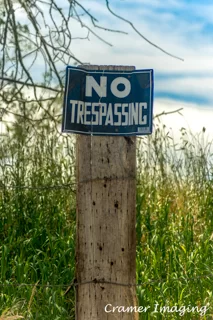
So, if pretty much everything is under copyright, how does one avoid violating it? Well, you have to be careful and ask permission FIRST. If you find it on the internet, it is likely not free for use. You will either need to find any licensing information that is available on the site or contact the site author to find out about proper use. There have been some major strides on the internet (specifically Google) these days to help you distinguish copyright-protected resources and to hook you up with the individual/group who can issue a proper license.
For works like photos you’ve commissioned, you will generally have to get permission from the photographer or photo company in order to make copies. This applies to fairly old photos as well, even if you can probably get away with it, it is still technically illegal. For more recently created photos, you can check your contract to find out what kind of use you are permitted. Photographers generally add licensing information into contracts these days.
You can also look into Creative Commons licensed works. While still under copyright from the owner, you receive permission to use the resource(s) provided you meet certain specified criteria such as crediting the creator. Make sure that you follow those instructions, or you are still committing copyright infringement.
Conclusion
Copyright law exists to protect content creators and allow them to make a living from their creations if they so choose. Without copyright law, there would be a lot less content as many creative people would have less of a reason to create the works and content we love.
Violating copyright law can get you into serious trouble. Some people have had their lives ruined when they violated copyright. Even if your use seems harmless, the person who owns the copyright may not see it that way and the law is on their side.
If you have any question about whether or not you can use a particular work, air on the side of caution and don’t without permission in writing. This could save you and expensive legal headache in the future.

